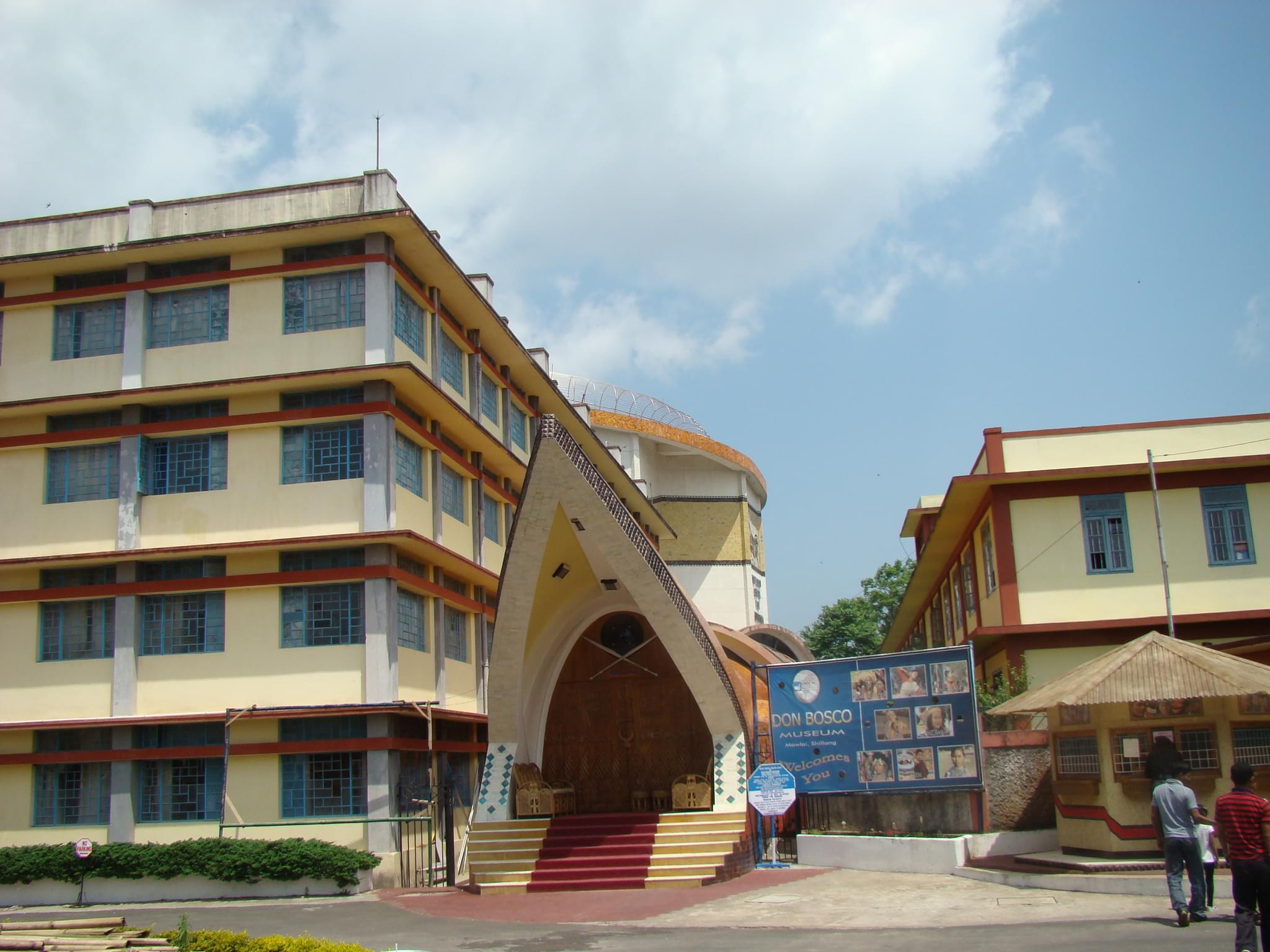About Don Bosco Museum
This is a hexagonal shaped museum with seven floors that takes pride as Shillong’s primary attraction. This museum takes pride in being one of the largest of its kind not only in India, but also in Asia. Apart from Meghalaya, tourists can also find indigenous exhibits of people belonging to north eastern states like Mizoram, Manipur, and Arunachal Pradesh. The museum was opened in 2003 and continues to attract a lot of visitors, both locals and tourists.
Don Bosco Museum Highlights
• Visit the mission gallery and know more about the contributions of the church towards developing the north eastern part of India.
• Explore the language gallery to understand the evolution of languages, especially in the north eastern part of India.
• Admire the views of the city by going to the top of the sky walk and getting a 360 degree view of Shillong.
• Learn more about the north east by checking out the video exhibits about the indigenous population of this region.
• Visit the neighbouring countries gallery to learn some basic information about the neighbouring countries that border north east India.
How To Reach Don Bosco Museum
By Car: The Don Bosco Museum is 2.8 kilometres from the city centre, it will take 10 minutes via the 4th Furlong point route.
By Foot: The Don Bosco Museum is 2.8 kilometres from the city centre. To reach by foot, you will have to take the 4th Furlong Route and it will take around 40 minutes to reach.
Best Time To Visit Don Bosco Museum
You can plan a visit to the Don Bosco museum at any time of the year as it is open throughout the year.
- The best season will be the summer season as this is the time when the tourism season is at its best and you can explore the premises hassle-free.
- The best day will be the weekdays as the crowds are minimal at this time. So this will give you more time to explore the museum. best day in the week
- Morning, especially the opening hours, is the best time to plan your visit due to less crowds.
Don Bosco Museum Other Essential Information
- Please maintain silence when in the gallery as it can disturb the fellow visitors in the museum.
- You will have to pay an extra 50 rupees to check out the videos about the Nongkrem festival.
- There are touch screen exhibits in the Alcove gallery to learn more about the different cultures of North East India.
- This is a self paced gallery, so you can explore the different exhibits in the museum at your own pace.
- Refer to the background information to know more about the different types of exhibits displayed in the museum.
Watch the video exhibits
Apart from the galleries and exhibits, there are video exhibits that you can watch. For an extra payment of 50 rupees, you can watch the videos to know more about the exhibits and lifestyle of the indigenous population of the north east. Some of the popularly watched video exhibits here include the Nongkrem festival. Apart from that festival, you can also check out the different film alternatives too in the form of multimedia presentations.
Go to the sky walk
The skywalk is the latest addition to the museum. Located at a height of 28 feet, this is a viewpoint that gives a 360 degree view of Shillong. The entire sky walk is made up of fibreglass, so it is durably built for you to pay a visit. When on the top of the skywalk, do not forget to walk around and admire the views of Shillong. Seeing the city from the top will give you a unique view of the city.
Visit the language gallery
The North Eastern part of India is home to around 200 languages and multiple dialects. Most of them are a part of the Tibeto Burman and Sino Tibetan family. This region is mostly a mix of Austro Asiatic and Indo Aryan speakers that have blended into cultures creating a complicated mix which is not easy to comprehend. Here, you can also know more about the different types of languages spoken around the world.
Visit the Mission Gallery
In this gallery, you can learn more about the different types of contributions of the church towards developing the North East. From developments related to healthcare and education to even formation of associations, the contributions are diverse. Here, you can also know more about the Khasi and Garo Mythology that is believed by the local population here. The gallery is divided into 4 parts, showcasing different eras of the population of the North East, and is worth checking out.
